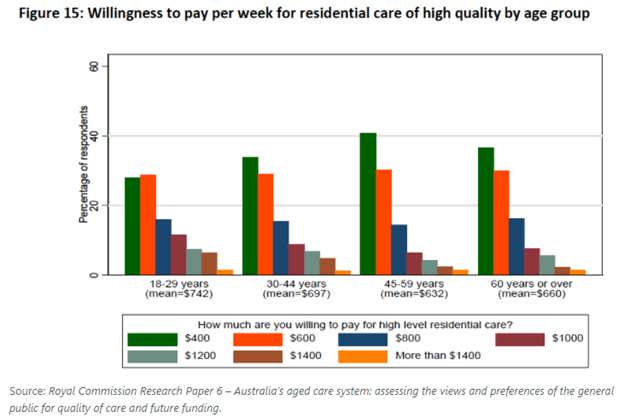Avoid Aged Care

Recognizing The Need For Funding
Furthermore, Ratcliffe pointed to the fact that 61% of the surveyed sample group said that the workforce of the aged care industry is under-valued for their efforts, under-paid, and is all too commonly trained to an insufficient degree. In other words, the public recognizes that increased funding is prudent to uphold the necessary standard of safety and quality for the aged population this workforce is tasked with attending to.
Doubling The Tax Rate
Paying For Quality Care

Not only do the citizens believe that co-contributions based on a recipient’s capacity to contribute is a necessary inclusion in aged care approval, but that people are willing to pay extra in taxes to ensure higher quality care. These findings are timely and crucial observations that should shape the perspective by which aged care policy should be informed and put into practice, not just in Australia, but in other countries that share similar aspirations, values, and social circumstances.



